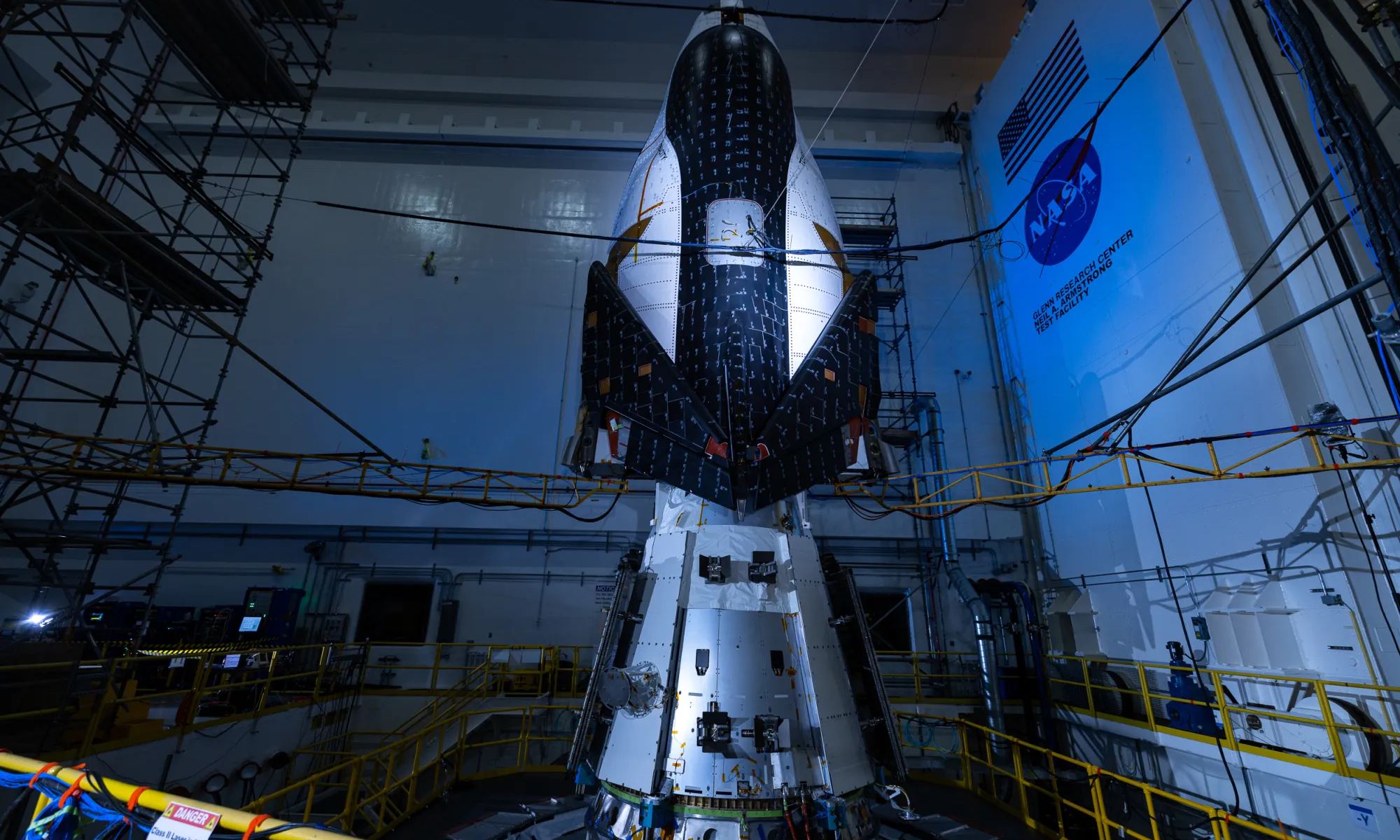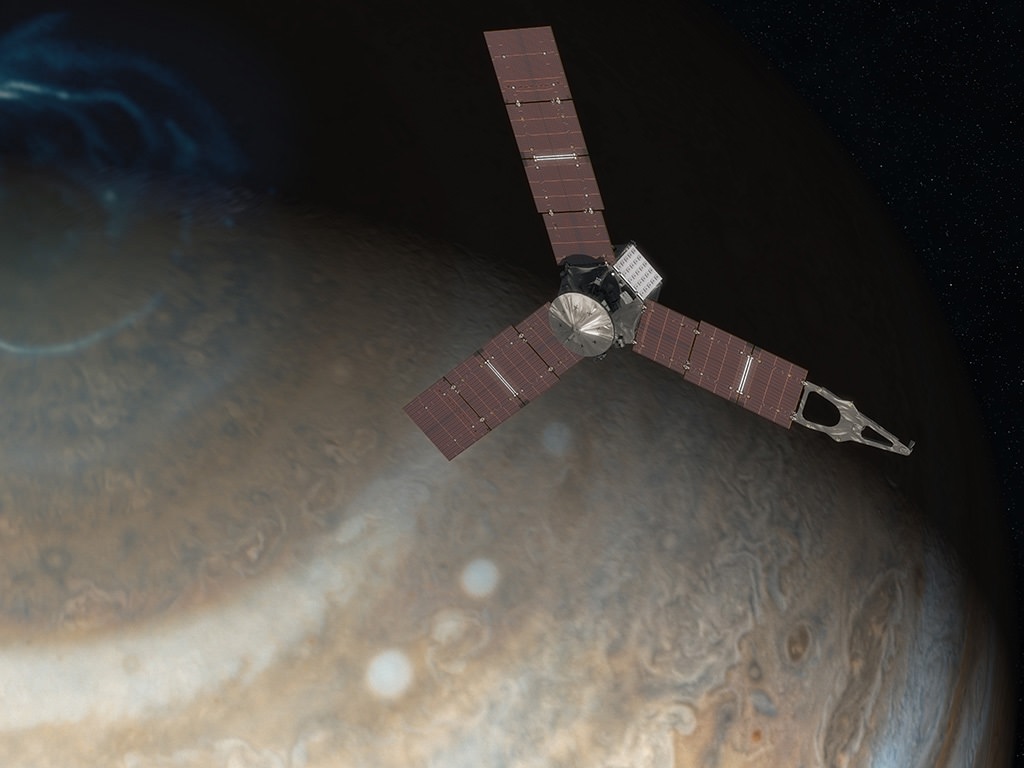It’s been a while since NASA has had a spaceplane on the launchpad but this now feels closer than ever again. Their new prototype cargo spaceplane known as Dream Chaser is now undergoing vibration and vacuum testing at the Neil Armstrong test facility. The tests sound a little strange perhaps but on launch and during re-entry it will most definitely experience shaking during these phases of the flights.
Continue reading “NASA Gives Dreamchaser the Shakedown”Dream Chaser is Getting Tested at NASA
After a journey spanning almost two decades, Sierra Nevada Corporation’s Dream Chaser reusable spaceplane, named Tenacity, is officially undergoing environmental testing at NASA’s Neil Armstrong Test Facility located at NASA’s Glenn Research Center in anticipation of its maiden flight to the International Space Station (ISS), currently scheduled for April 2024. The environmental testing consists of analyzing the spacecraft’s ability to withstand rigorous vibrations during launch and re-entry, along with the harsh environment of outer space, including extreme temperature changes and vacuum conditions. This testing comes after Sierra Space announced the completion of Tenacity at its facilities in Louisville, Colorado last month, along with the delivery of Sierra Space’s cargo module, Shooting Star, to the Neil Armstrong Test Facility that same month, as well.
Continue reading “Dream Chaser is Getting Tested at NASA”NASA’s Next-Generation Spaceplane Passes Free Flight Test
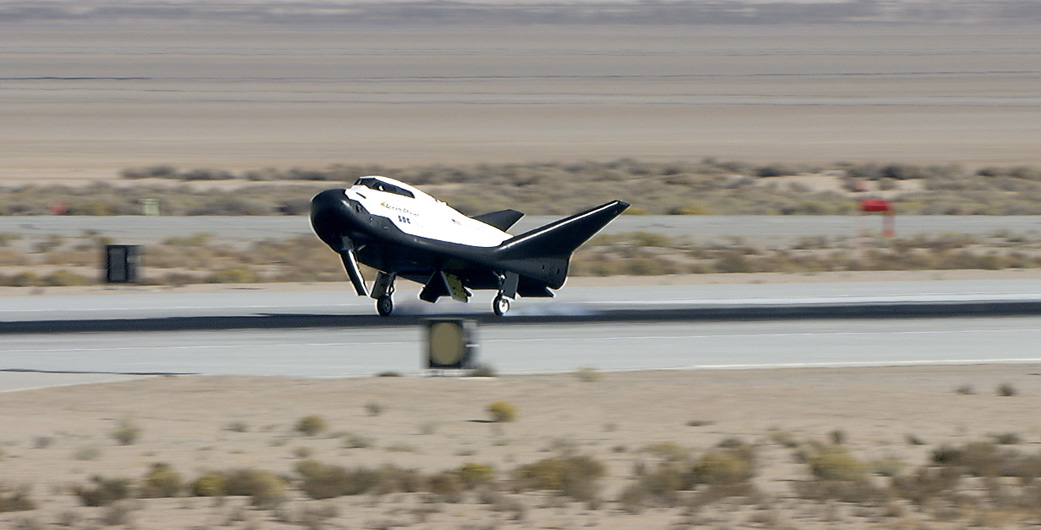
It’s called the Dream Chaser, a reusable spaceplane that will one day transport cargo and crews to the International Space Station. For the past ten years, the Sierra Nevada Corporation and NASA have been developing and testing this next-generation space vehicle. When it is ready, this vehicle will not only provide a more cost-effective way of servicing the ISS, it will also help restore domestic launch capability to the United States.
On Saturday, November 11th, the Dream Chaser passed an important milestone by conducting a successful free flight test. This took place at Edwards Air Force Base in California, and verified the spaceplane’s ability to glide and land autonomously. This, in addition to verifying several key avionic and flight systems, is a strong indication that the spaceplane will be capable of conducting runs to and from Low-Earth Orbit (LEO) in the near future.
This test involved the spaceplane being lifted to an altitude of 3,780 meters (12,400 feet) and then let go to glide freely. It then deployed its landing gears and touched down on the Edwards Air Force Base runway before coming to a full stop. This runway, it should be noted, is very similar to the Kennedy Space Center Shuttle Landing Facility runway that the Dream Chaser will land on once it is operational.
https://vimeo.com/242615668
This flight test validated the performance of the Dream Chaser during what is arguably the most critical part of a mission – the approach and landing phase – which will be the final phase of future flights from the ISS. The ability to conduct automated landings is central to the spaceplane’s reusability, which operates in much the same way as the now-retired Space Shuttle did.
This process entails the craft being launched into orbit aboard a rocket (Atlas V or Ariane 5), maneuvering under its own power while in orbit so that it can dock with the ISS (or other orbiting facilities), and then re-entering the atmosphere and returning to a landing strip. As Mark Sirangelo, the corporate vice president of SNC’s Space System business area, said in a company press release:
“The Dream Chaser flight test demonstrated excellent performance of the spacecraft’s aerodynamic design and the data shows that we are firmly on the path for safe, reliable orbital flight.”
The flight test also helped advance the vehicle as part of NASA’s Commercial Crew Program and prepare it for service under Commercial Resupply Services 2 program. These programs consist of NASA working closely with private aerospace companies to develop new spacecraft and launch systems that will be capable of carrying crews to locations in LEO and to the ISS.
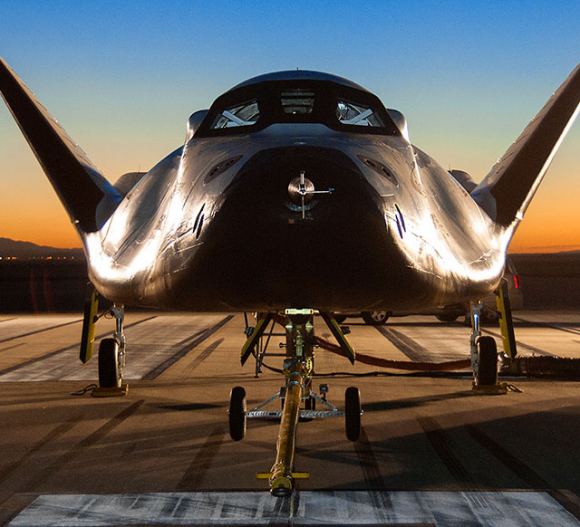
This approach and landing test expands on the phase one flight test, which took place back in October of 2013. For this free-flight test, the vehicle was released from a “skycrane” helicopter and flew a short flight, touching down less than a minute later. Just prior to landing, the left main landing gear failed to deploy resulting in a crash landing. However, the vehicle and its crew compartment were left intact.
For the second flight test, SNC and NASA incorporated orbital vehicle avionics and flight software for the first time. The trajectory also included specific program test inputs which, together with the added software, provided validations for orbital vehicle operations. Over the coming days and weeks, SNC and NASA will be evaluating all the data obtained during the flight, which includes the Dream Chaser aerodynamic and integrated system performance.
The data that SNC gathers from this test campaign will help inform the final design of the cargo Dream Chaser, which will be capable of transporting crews of six astronauts to the ISS. As Fatih Ozmen, the CEO of SNC, exclaimed:
“I’m so proud of the Dream Chaser team for their continued excellence. This spacecraft is the future and has the ability to change the way humans interact with space, and I couldn’t be happier with SNC’s dedicated team and the results of the test.”
If all goes well, SNC and NASA are hoping to begin conducting cargo deliveries by 2019. By 2024, it is hoped that a total of six cargo delivery missions will take place. No indications have been given as to when the crewed variant could start bringing astronauts to the ISS. But once that is possible, NASA will no longer be forced to rely on Roscosmos and their fleet of Soyuz rockets to send astronauts into space.
Be sure to check out this video of the Dream Chaster Cargo System, courtesy of Sierra Nevada Corporation:
https://vimeo.com/199209876
Further Reading: NASA, Sierra Nevada
Dream Chaser Mini-Shuttle to Fly ISS Resupply Missions on ULA Atlas V
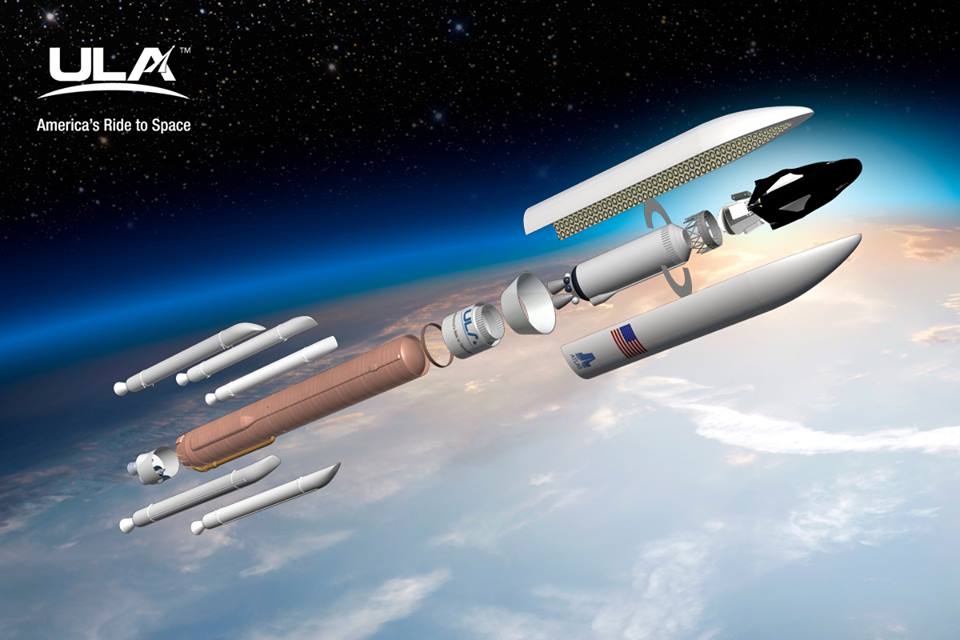

The first two missions of the unmanned Dream Chaser mini-shuttle carrying critical cargo to the International Space Station (ISS) for NASA will fly on the most powerful version of the Atlas V rocket and start as soon as 2020, announced Sierra Nevada Corporation (SNC) and United Launch Alliance (ULA).
“We have selected United Launch Alliance’s Atlas V rocket to launch our first two Dream Chaser® spacecraft cargo missions,” said SNC of Sparks, Nevada.
Dream Chaser will launch atop the commercial Atlas V in its most powerful configuration, dubbed Atlas V 552, with five strap on solid rocket motors and a dual engine Centaur upper stage while protectively tucked inside a five meter diameter payload fairing – with wings folded.
Blast off of Dream Chaser loaded with over 5500 kilograms of cargo mass for the space station crews will take place from ULA’s seaside Space Launch Complex-41 on Cape Canaveral Air Force Station in Florida.
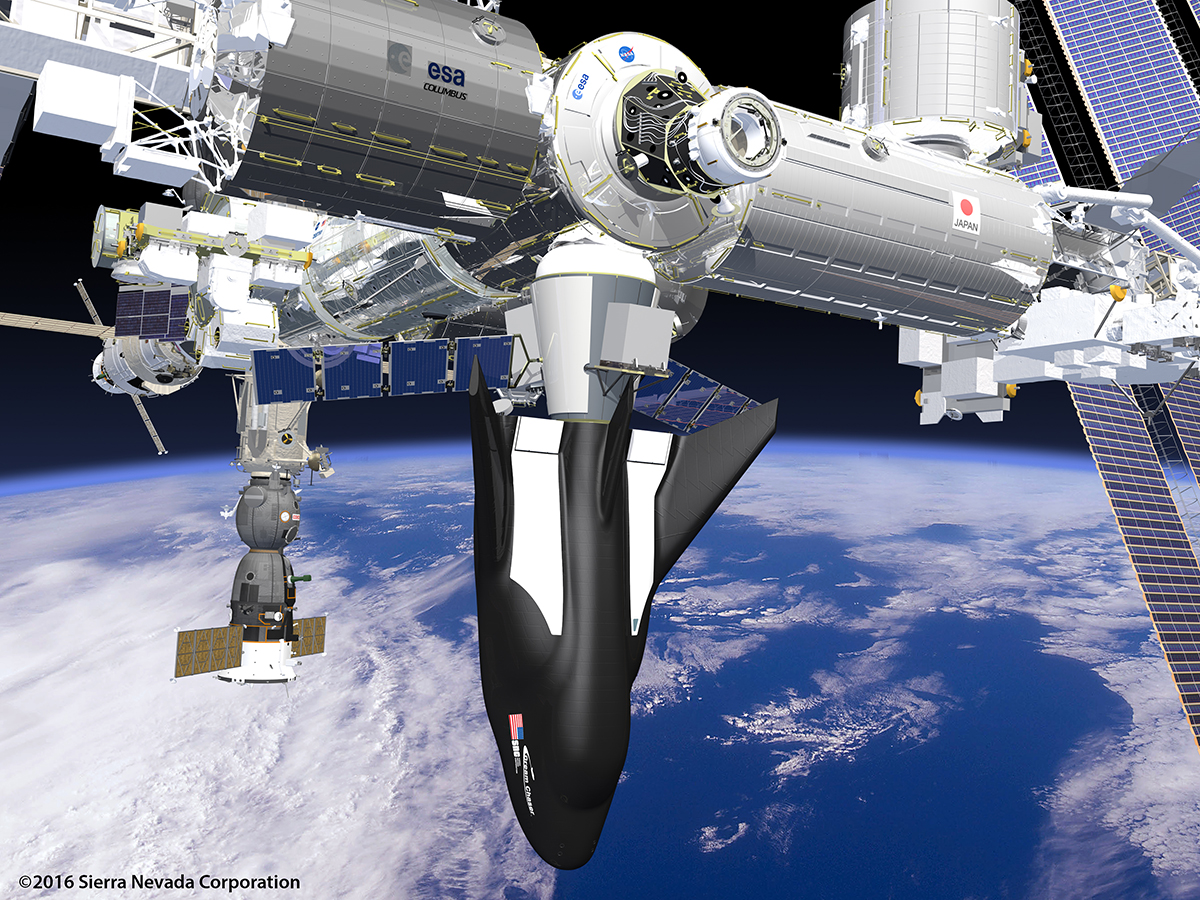
Credits: Sierra Nevada Corporation
The unique lifting body design enables runway landings for Dream Chaser, similar to the NASA’s Space Shuttle at the Shuttle Landing Facility runway at NASA’s Kennedy Space Center in Florida.
The ULA Atlas V enjoys a 100% success rate. It has also been chosen by Boeing to ferry crews on piloted missions of their CST-100 Starliner astronaut space taxi to the ISS and back. The Centaur upper stage will be equipped with two RL-10 engines for both Dream Chaser and Starliner flights.
“SNC recognizes the proven reliability of the Atlas V rocket and its availability and schedule performance makes it the right choice for the first two flights of the Dream Chaser,” said Mark Sirangelo, corporate vice president of SNC’s Space Systems business area, in a statement.
“Humbled and honored by your trust in us,” tweeted ULA CEO Tory Bruno following the announcement.
Liftoff of the maiden pair of Dream Chaser cargo missions to the ISS are expected in 2020 and 2021 under the Commercial Resupply Services 2 (CRS2) contract with NASA.
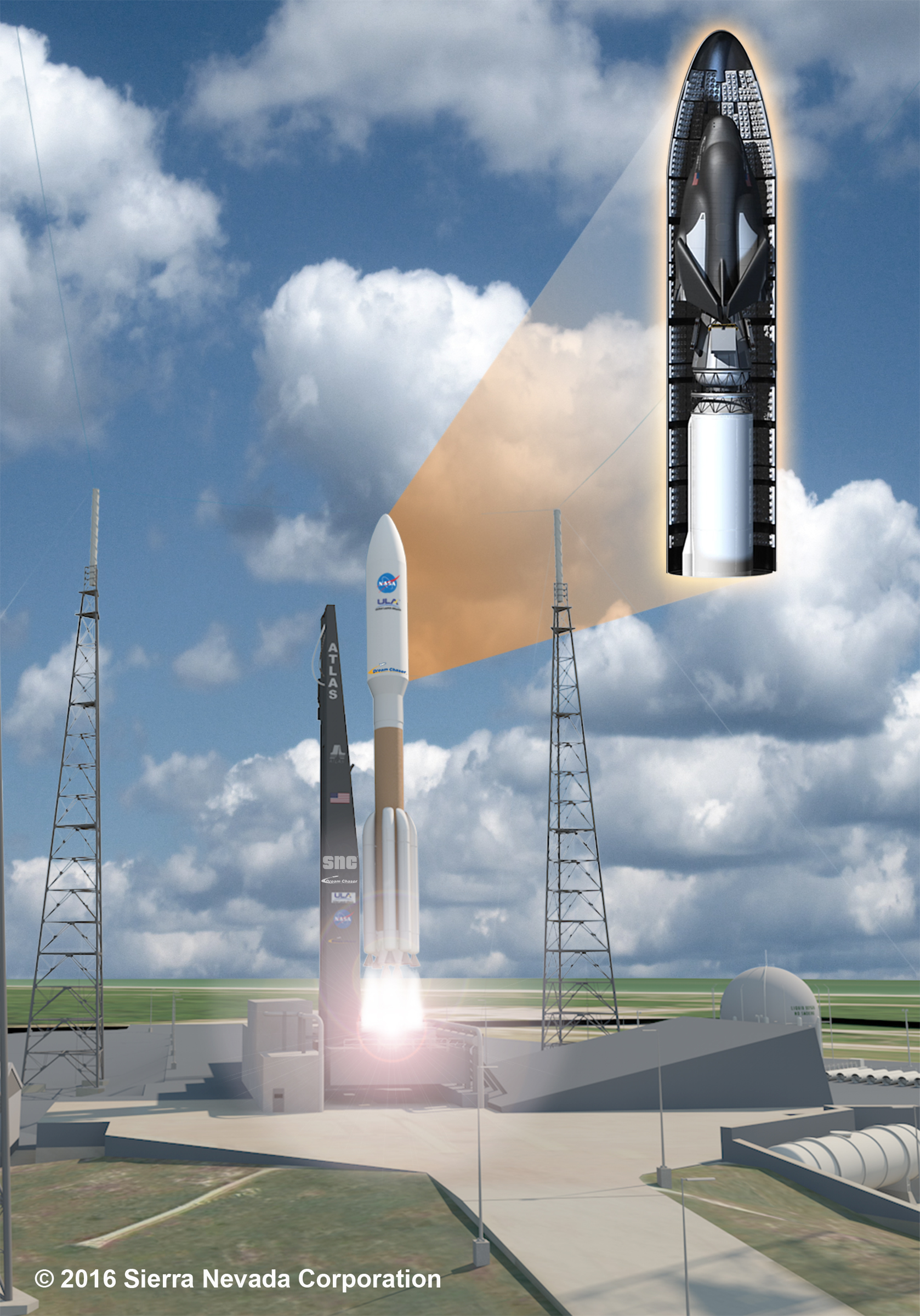
“ULA is pleased to partner with Sierra Nevada Corporation to launch its Dream Chaser cargo system to the International Space Station in less than three years,” said Gary Wentz, ULA vice president of Human and Commercial Systems.
“We recognize the importance of on time and reliable transportation of crew and cargo to Station and are honored the Atlas V was selected to continue to launch cargo resupply missions for NASA.”
By utilizing the most powerful variant of ULA’s Atlas V, Dream Chaser will be capable of transporting over 5,500 kilograms (12,000 pounds) of pressurized and unpressurized cargo mass – including science experiments, research gear, spare part, crew supplies, food, water, clothing and more per ISS mission.
“In addition, a significant amount of cargo, almost 2,000 kilograms is directly returned from the ISS to a gentle runway landing at a pinpoint location,” according to SNC.
“Dream Chaser’s all non-toxic systems design allows personnel to simply walk up to the vehicle after landing, providing immediate access to time-critical science as soon as the wheels stop.”
“ULA is an important player in the market and we appreciate their history and continued contributions to space flights and are pleased to support the aerospace community in Colorado and Alabama,” added Sirangelo.
Under the NASA CRS-2 contract awarded in 2016, Dream Chaser becomes the third ISS resupply provider, joining the current ISS commercial cargo vehicle providers, namely the Cygnus from Orbital ATK of Dulles, Virginia and the cargo Dragon from SpaceX of Hawthorne, California.
NASA decided to plus up the number of ISS commercial cargo providers from two to three for the critical task of ensuring the regular delivery of critical science, crew supplies, provisions, spare parts and assorted gear to the multinational crews living and working aboard the massive orbiting outpost.
NASA’s CRS-2 contracts run from 2019 through 2024 and specify six cargo missions for each of the three commercial providers.
By adding a new third provider, NASA simultaneously gains the benefit of additional capability and flexibility and also spreads out the risk.
Both SpaceX and Orbital ATK suffered catastrophic launch failures during ISS resupply missions, in June 2015 and October 2014 respectively, from which both firms have recovered.
Orbital ATK and SpaceX both successfully launched ISS cargo missions this year. Indeed a trio of Orbital ATK Cygnus spacecraft have already launched on the Atlas V, including the OA-7 resupply mission in April 2017.
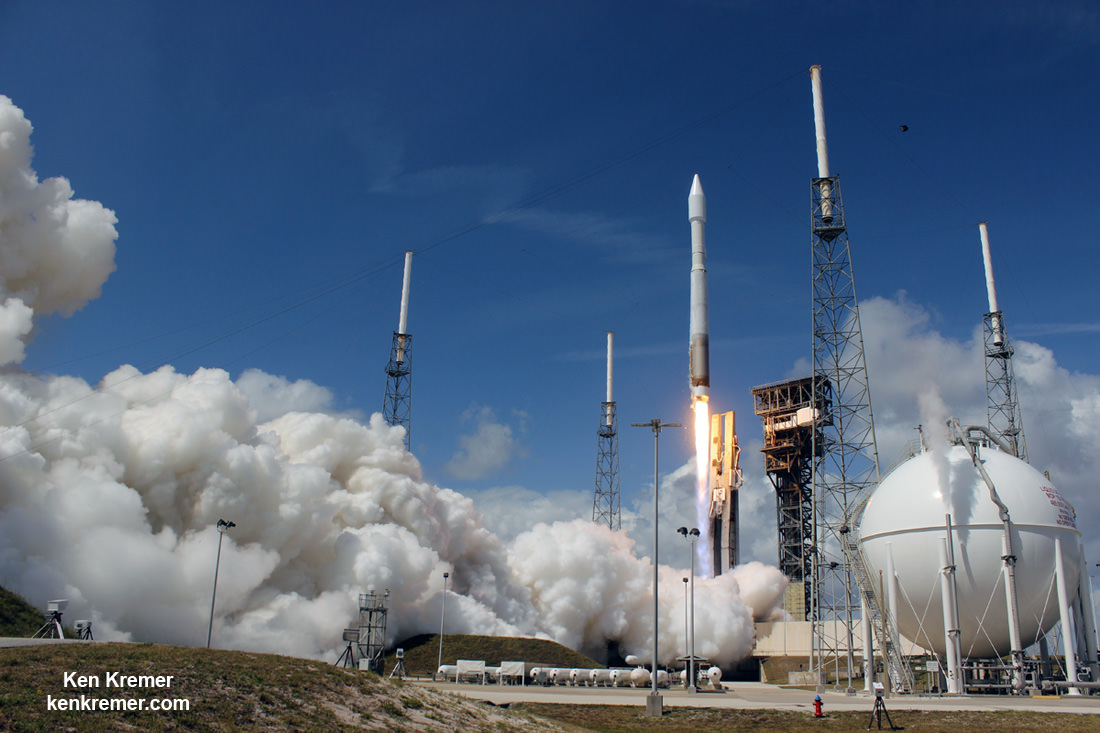
SpaceX has already launched a pair of resupply missions this year on the CRS-10 and CRS-11 flights in February and June 2017.
Unlike the Cygnus which burns up on reentry and Dragon which lands via parachutes, the reusable Dream Chaser is capable of low-g reentry and runway landings. This is very beneficial for sensitive scientific experiments and allows much quicker access by researchers to time critical cargo.
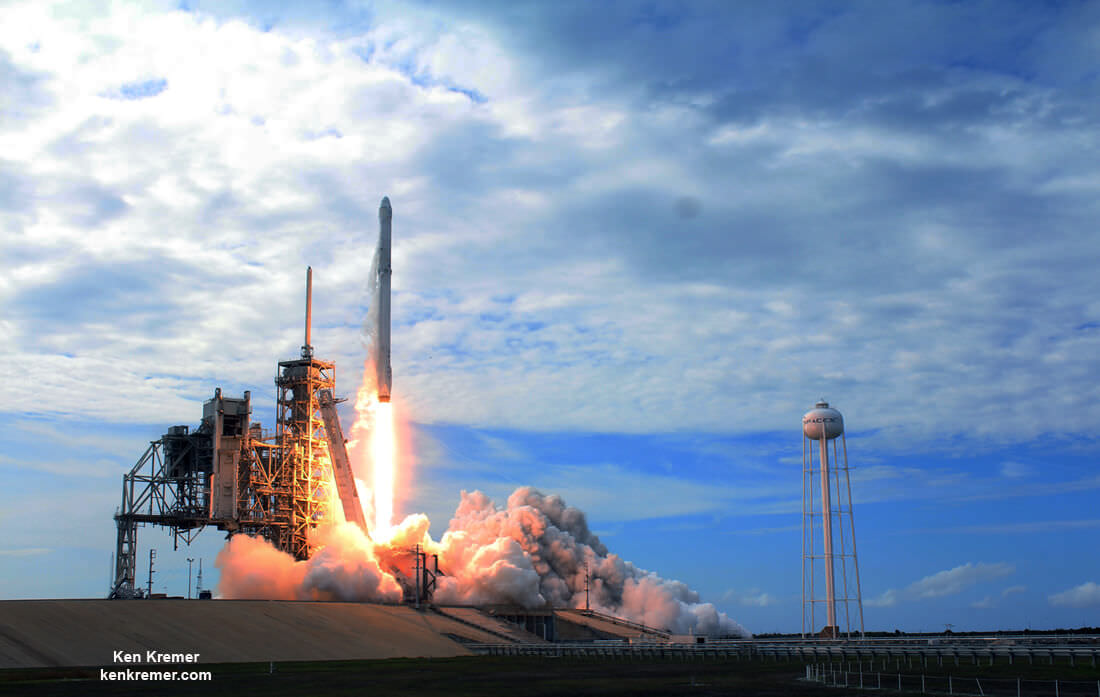
Dream Chaser has been under development for more than 10 years. It was originally developed as a manned vehicle and a contender for NASA’s commercial crew vehicles. When SNC lost the bid to Boeing and SpaceX in 2014, the company opted to develop this unmanned variant instead.
A full scale test version of the original Dream Chaser is currently undergoing ground tests at NASA’s Armstrong Flight Research Center in California. Approach and landing tests are planned for this fall.
Other current cargo providers to the ISS include the Russian Progress and Japanese HTV vessels.
Watch for Ken’s onsite space mission reports direct from the Kennedy Space Center and Cape Canaveral Air Force Station, Florida.
Stay tuned here for Ken’s continuing Earth and Planetary science and human spaceflight news.
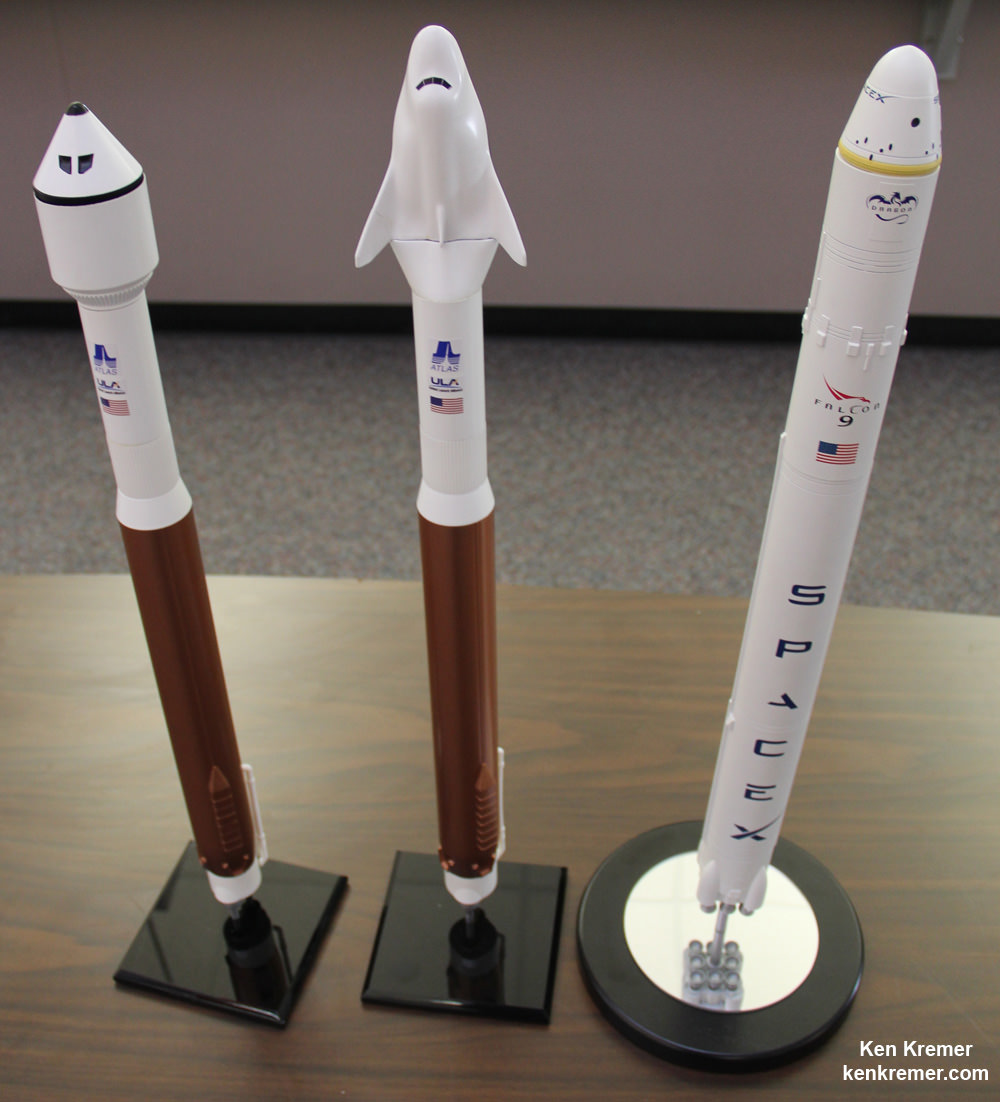
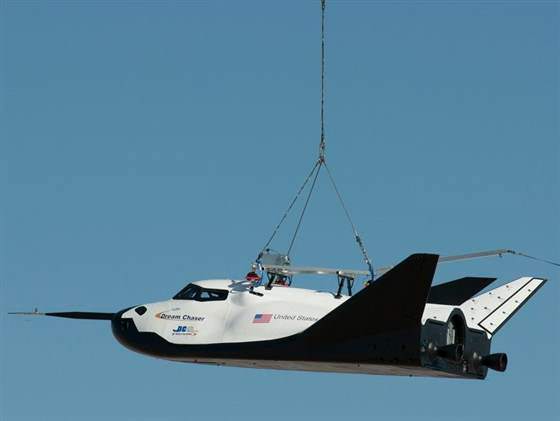
Carnival of Space #497
Welcome, come in to the 497th Carnival of Space! The Carnival is a community of space science and astronomy writers and bloggers, who submit their best work each week for your benefit. I’m Susie Murph, part of the team at Universe Today and CosmoQuest. So now, on to this week’s stories!
Continue reading “Carnival of Space #497”
Dream Chaser Spacecraft May Be Used For Hubble Repair Mission
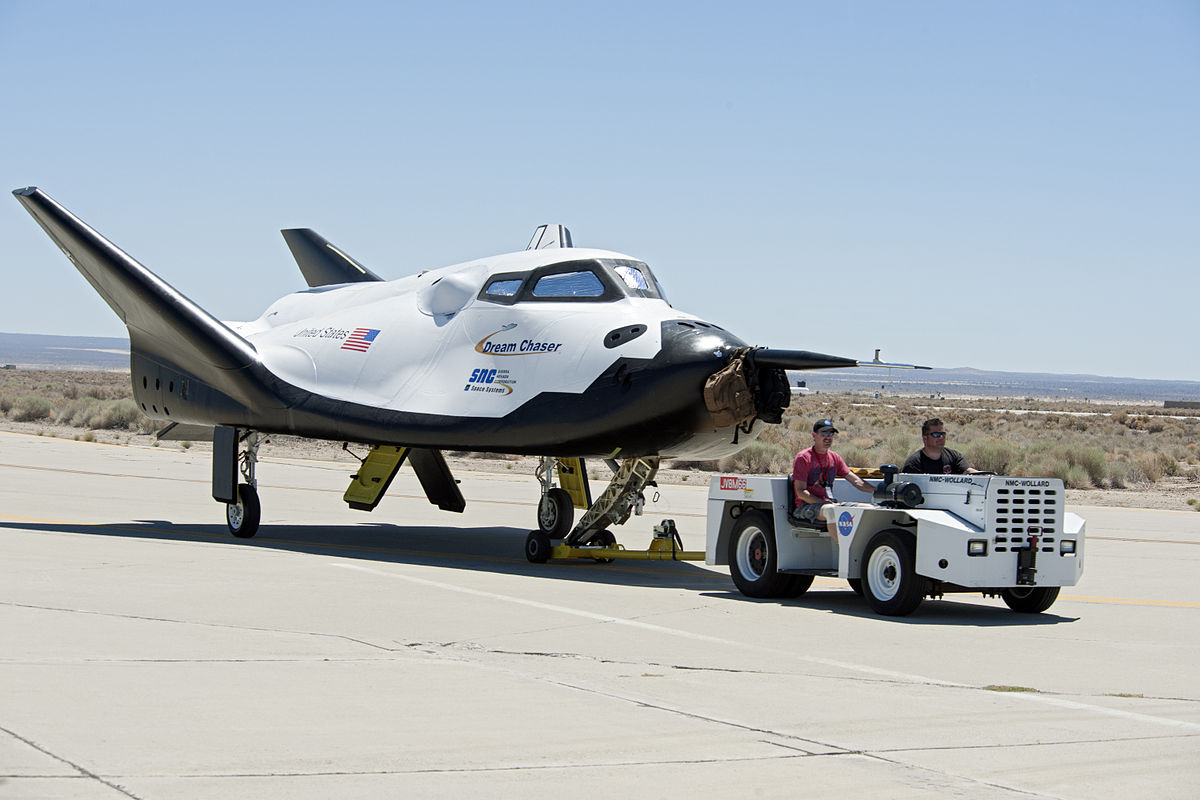
The final servicing mission to the venerable Hubble Space Telescope (HST) was in 2009. The shuttle Atlantis completed that mission (STS-125,) and several components were repaired and replaced, including the installation of improved batteries. The HST is expected to function until 2030 – 2040. With the retiring of the shuttle program in 2011, it looked like the Hubble mission was destined to play itself out.
But now there’s talk of another servicing mission to the Hubble, to be performed by the Dream Chaser Space System.
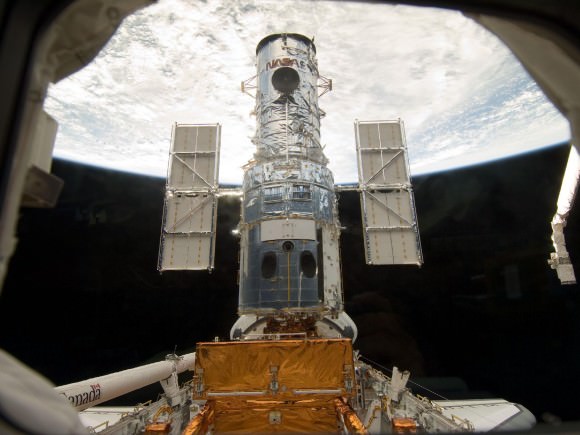
The Hubble was originally deployed by the Space Shuttle Discovery in 1990. It was serviced by crew aboard the shuttles 5 times on 5 different shuttle missions. Unlike the other observatories in NASA’s Great Observatories, the Hubble was designed to be serviced during its lifetime.
Those servicing missions, which took place in 1993, 1997, 1999, 2002, and 2009, were complex missions which required coordination between the Kennedy Space Center, Johnson Space Center, and the Goddard Space Flight Center. Grasping Hubble with the robotic Canadarm and placing it inside the shuttle bay was a methodical process. So was the repair and replacement of components, and the testing of components once Hubble was removed from the cargo bay. Though complicated, these missions were ultimately successful, and the Hubble is still operating.
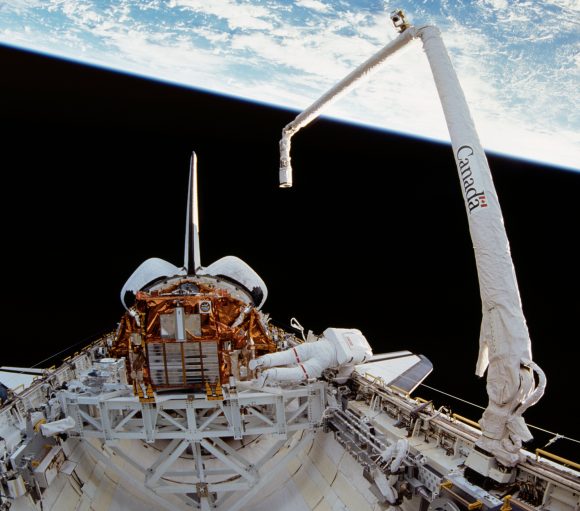
A future servicing mission to the Hubble would be a sort of insurance policy in case there are problems with NASA’s new flagship telescope, the James Webb Space Telescope (JWST.) The JWST is due to be launched in 2018, and its capabilities greatly exceed those of the Hubble. But the James Webb’s destination is LaGrange Point 2 (L2), a stable point in space about 1.5 million km (932,000 miles) from Earth. It will enter a halo orbit around L2, which makes a repair mission difficult. Though deployment problems with the JWST could be corrected by visiting spacecraft, the Telescope itself is not designed to be repaired like the Hubble is.
Since the JWST is risky, both in terms of its position in space and its unproven deployment method, some type of insurance policy may be needed to ensure NASA has a powerful telescope operating in space. But without Space Shuttles to visit the Hubble and extend its life, a different vehicle would have to be tasked with any potential future servicing missions. Enter the Dream Chaser Space System (DCSS).
The Dream Chaser Space System is like a smaller Space Shuttle. It can carry seven people into Low-Earth Orbit (LEO). Like the Shuttles, it then returns to Earth and lands horizontally on an airstrip. The DCSS, however, does not have a cargo bay or a robotic arm. If it were used for a Hubble repair mission, all repairs would likely have to be done during spacewalks. The DCSS is designed as a cargo and crew resupply ship for the International Space System. The much larger shuttles were designed with the Hubble in mind, as well as other tasks, like building and servicing the ISS and recovering satellites from orbit.
The DCSS is built by Sierra Nevada Corporation. It will be launched on an Atlas V rocket, and will return to Earth by gliding, where it can land on any commercial runway. The DCSS has its own reaction control system for manoeuvering in space. Like other commercial space ventures, the development of the DCSS has been partly funded by NASA.
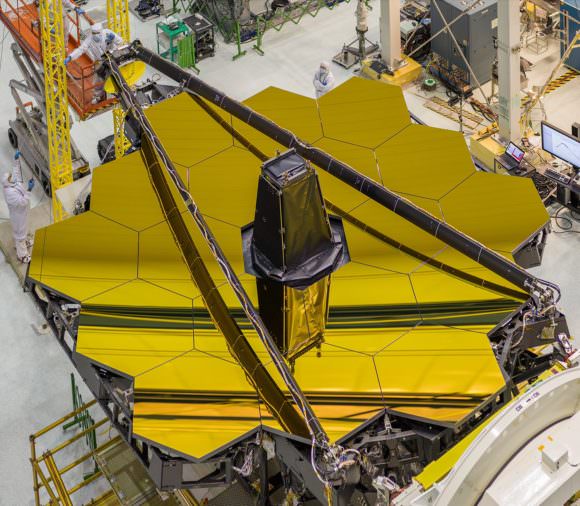
The James Webb has a complex deployment. It will be launched on an Ariane 5 rocket, where it will be folded up in order to fit. The primary mirror on the JWST is made up of 18 segments which must unfold in three sections for the telescope to function. The telescope’s sun shield, which keeps the JWST cool, must also unfold after being deployed. Earlier in the mission, the Webb’s solar array and antennae need to be deployed.
This video shows the deployment of the JWST. It reminds one of a giant insect going through metamorphosis.
If either the mirror, the sunshield, or any of the other unfolding mechanisms fail, then a costly and problematic mission will have to be planned to correct the deployment. If some other crucial part of the telescope fails, then it probably can’t be repaired. NASA needs everything to go well.
People have been waiting for the JWST for a long time. It’s had kind of a tortured path to get this far. We all have our fingers crossed that the mission succeeds. But if there are problems, it may be up to the Hubble to keep doing what it’s always done: provide the kinds of science and stunning images that excites scientists and the rest of us about the Universe.
Dream Chaser Spaceplane Gets ‘GO’ as NASA Awards Trio of Space Station Cargo Contracts
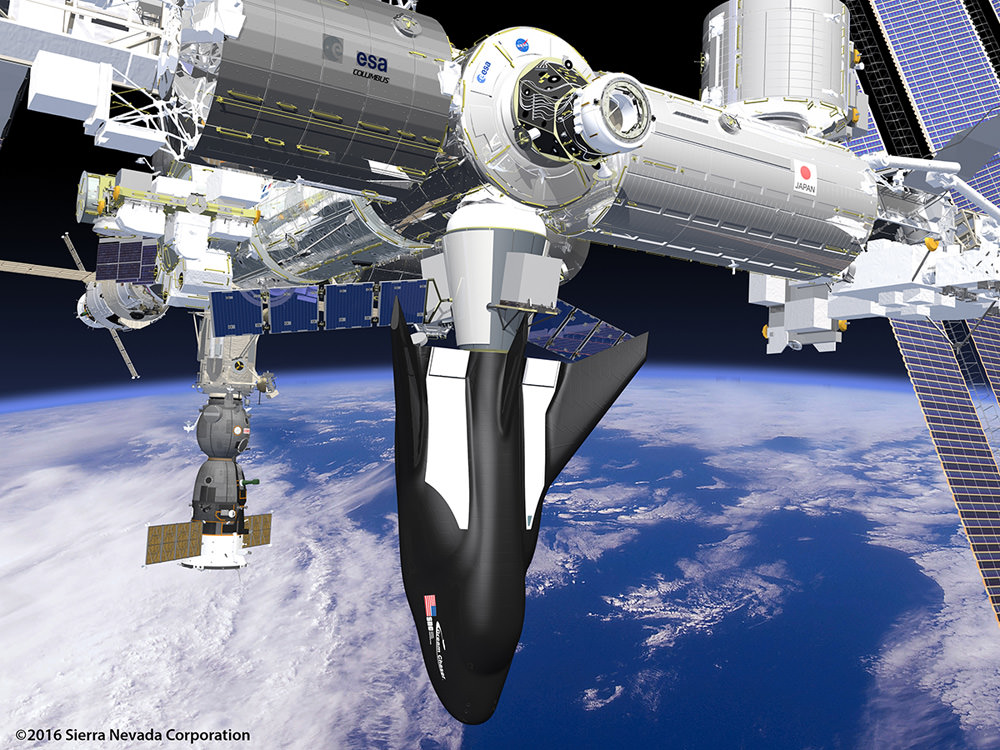

A shuttle will soar again from American soil before this decade is out, following NASA’s announcement today (Jan 14) that an unmanned version of the Dream Chaser spaceplane was among the trio of US awardees winning commercial contracts to ship essential cargo to the International Space Station (ISS) starting in 2019.
In addition to the Dream Chaser mini-shuttle built by Sierra Nevada Corporation of Sparks, Nevada, NASA decided to retain both of the current ISS commercial cargo vehicle providers, namely the Cygnus from Orbital ATK of Dulles, Virginia and the cargo Dragon from SpaceX of Hawthorne, California. Continue reading “Dream Chaser Spaceplane Gets ‘GO’ as NASA Awards Trio of Space Station Cargo Contracts”
Space Stories to Watch in 2016
2015 was an amazing year in space, as worlds such as Pluto and Ceres snapped into sharp focus. 2015 also underlined the mantra that ‘space is hard,’ as SpaceX rode the roller coaster from launch failure, to a dramatic return to flight in December, complete with a nighttime landing of its stage 1 Falcon 9 rocket back at Cape Canaveral. Continue reading “Space Stories to Watch in 2016”
NASA Again Postpones Space Station Commercial Cargo Contract Awards, Boeing Out
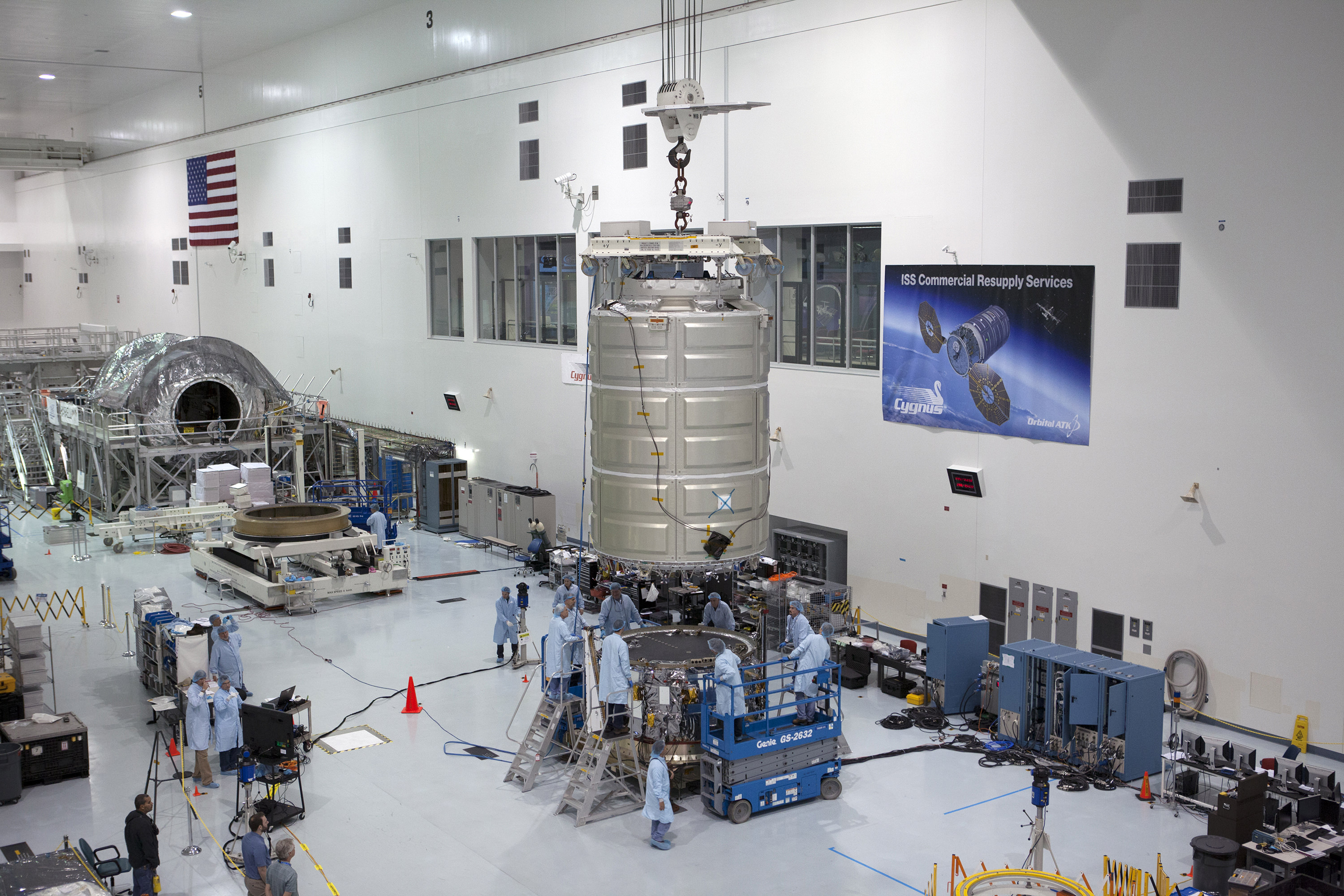
Will NASA renew SpaceX and Orbital ATK as the favored contractors for the commercial cargo flights absolutely essential to keeping the International Space Station (ISS) amply stocked with science experiments and supplies through 2024 for the multinational crews now celebrating 15 years of continuous human occupation?
Or will a trio of other American aerospace competitors vying for the new government contracts somehow break through? That’s the multi Billion dollar question since the cargo awards are potentially valued at 3 to 4 Billion dollars or more each.
Well despite widespread expectations that the winners of NASA’s Commercial Resupply Services (CRS) 2 contract for the orbiting outpost would be announced by week’s end, nearly everyone involved will have to wait a few more months while agency officials again postponed a decision in order to ponder the long term implications of “a complex procurement.”
NASA says it needs more time to “assess proposals” and determine which of five private companies will be awarded the governments CRS 2 contracts for the ISS resupply missions.
Although NASA had planned to award contracts to at least two winners on Thursday, Nov. 5, the agency just announced another significant delay for the CRS 2 contract via its procurement website because the decision is “complex.”
“The anticipated CRS2 award is now no later than January 30, 2016 to allow additional time for the Government to assess proposals,” NASA announced on its procurement website.
“CRS2 is a complex procurement.
This new delay follows several earlier postponements already announced this past year.
The two companies currently holding Commercial Resupply Services (CRS) contracts from NASA, namely SpaceX and Orbital ATK, are dueling with new bids from Boeing, Sierra Nevada Corp. (SNC) and Lockheed Martin.

Altogether, those five companies are known to have submitted bids for the CRS-2 procurement by the due date of March 21, 2014. Awards were expected in June 2015 but the timing was repeatedly revised.
In the past year, both Orbital ATK and SpaceX suffered unexpected catastrophic launch failures during their most recent resupply flights in October 2014 and June 2015 respectively, which ended in total loss of all the payloads aboard the Cygnus and Dragon cargo freighters. I witnessed and reported on both rocket launch disasters for Universe Today from NASA Wallops in Virginia and the Kennedy Space Center in Florida.
Each company was originally expected to deliver 20,000 kilograms (44,000 pounds) of research experiments, crew provisions, spare parts and hardware spread out over multiple cargo delivery flights to the ISS under the initial CRS contract.
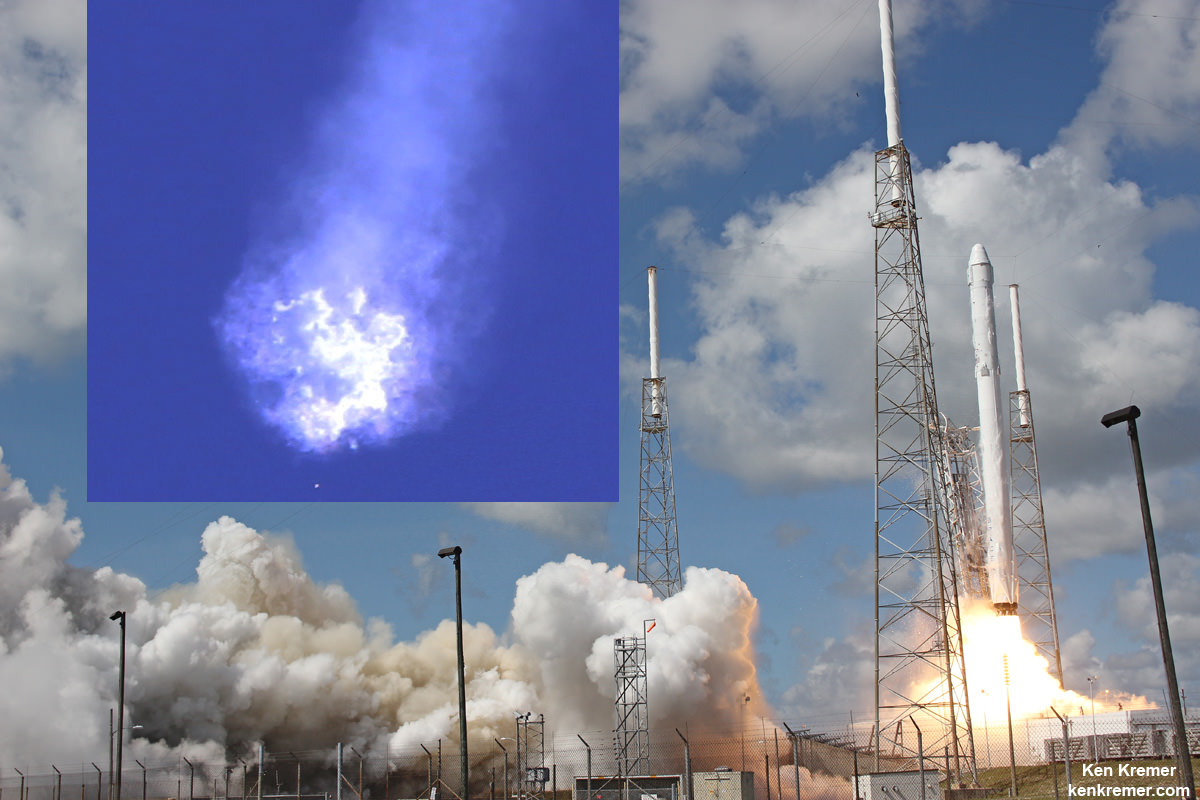
So NASA truly has a lot on the line while considering CRS 2 and postponing a decision may be wise until after both firms successfully complete their upcoming ‘Return to Flight’ missions – now scheduled for Dec. 3 by Orbital ATK and early January 2016 for SpaceX.
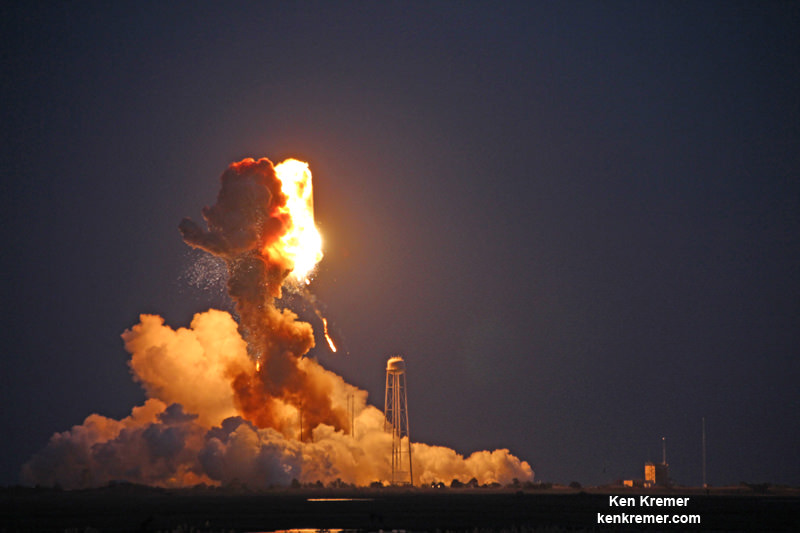
“The anticipated award date has been revised to no later than January 30, 2016 to allow time to complete a thorough proposal evaluation and selection,” says NASA.
When asked for a comment and explanation on the decisions and delay, a NASA spokesperson responded to me as follows:
“This is all we’ll be able to say, for right now.”
“Since the agency is in the process of evaluating proposals, we are in a procurement communications blackout. For that reason, NASA cannot answer.”
However, Boeing has been told by NASA that they are out of the running for CRS 2. Earlier reports indicated that Lockheed Martin is also out of the competition.
But there is still plenty of really good news for Boeing since they were already awarded a commercial crew contract in September 2014 to develop the Starliner space taxi to launch astronauts to the ISS.
The first Boeing CST-100 Starliner capsule is already being manufactured at the Kennedy Space Center, as I detailed earlier on site – here.
For the CRS 2 contract, Boeing submitted a bid to convert Starliner into an unmanned cargo freighter.
Meanwhile Sierra Nevada Corp told Universe Today that their Dream Chaser space plane “remains in contention.”
Dream Chaser is a winged mini shuttle that lost out in NASA commercial crew program competition. SNC submitted a proposal involving an unmanned version of Dream Chaser for the CRS 2 cargo competition building on what they already developed.
“SNC received notification that NASA has delayed the award decision related to Commercial Resupply Services 2 to no later than January 30, 2016,” SNC spokesperson Krystal Scordo told Universe Today.
“SNC remains part of the competitive range. We are proud of our Dream Chaser® Program team and are pleased to remain in contention for this important work in space.”
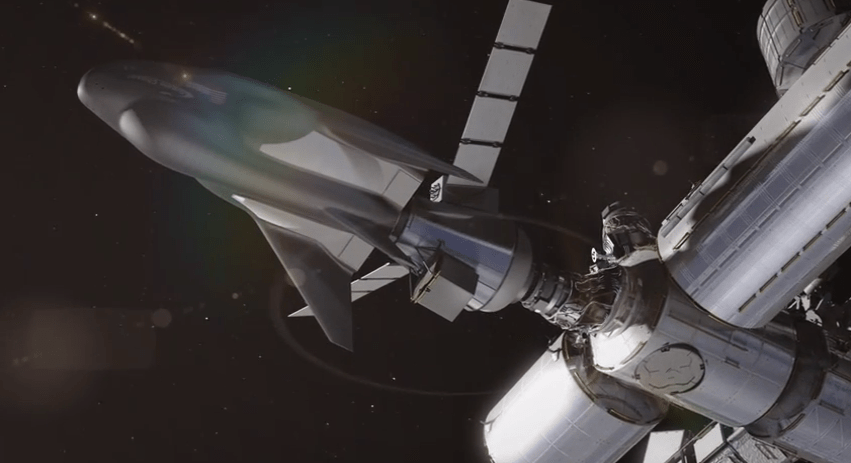
Neither SpaceX or Orbital will comment about the details of their CRS 2 procurement proposals to Universe Today beyond stating to me that they submitted bids and await NASA’s decision.
The CRS 2 contract is a follow on to the original CRS contract which was to run through at least 2016.
In the meantime, NASA opted to extend the original CRS contract to around 2018 by granting additional interim cargo flights to both SpaceX and Orbital under terms allowed by the contract.
SpaceX was granted five additional Dragon flights and Orbital ATK was given three additional Cygnus flights, for a total of 10 Cygnus resupply missions through about 2018.
The CRS-2 contract is valued at between $1.0 Billion and $1.4 Billion per year and NASA requires this service from approximately 2018 through 2024 according to the RFI.
NASA expects delivery of 14,250 to 16,750 kilograms per year of pressurized cargo as well as 1,500 to 4,000 kg per year of unpressurized cargo and return or disposal of up to 14,250 to 16,750 kg per year of pressurized cargo under CRS 2.
Watch for my onsite reports from the Kennedy Space Center press site for the Orbital Atlas OA-4 cargo liftoff on Dec. 3.
“We are anxious to get flying again not only for our own sake, but really for NASA and the crew!” Frank DeMauro, Orbital ATK Vice President for Human Spaceflight Systems Programs, said in an interview with Universe Today.
Stay tuned here for Ken’s continuing Earth and Planetary science and human spaceflight news.
Weekly Space Hangout – April 26, 2015: Special Cosmoquest Hangoutathon Edition
Host: Fraser Cain (@fcain)
Guests:
Morgan Rehnberg (cosmicchatter.org / @MorganRehnberg )
Nicole Gugliucci (cosmoquest.org / @noisyastronomer)
Nancy Atkinson (UniverseToday.com / @Nancy_A)
Continue reading “Weekly Space Hangout – April 26, 2015: Special Cosmoquest Hangoutathon Edition”

